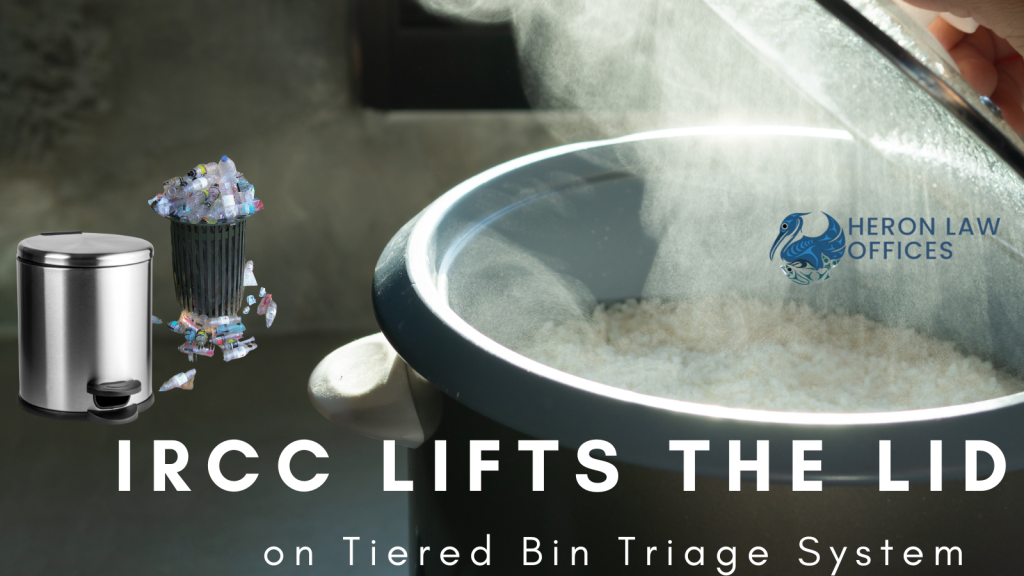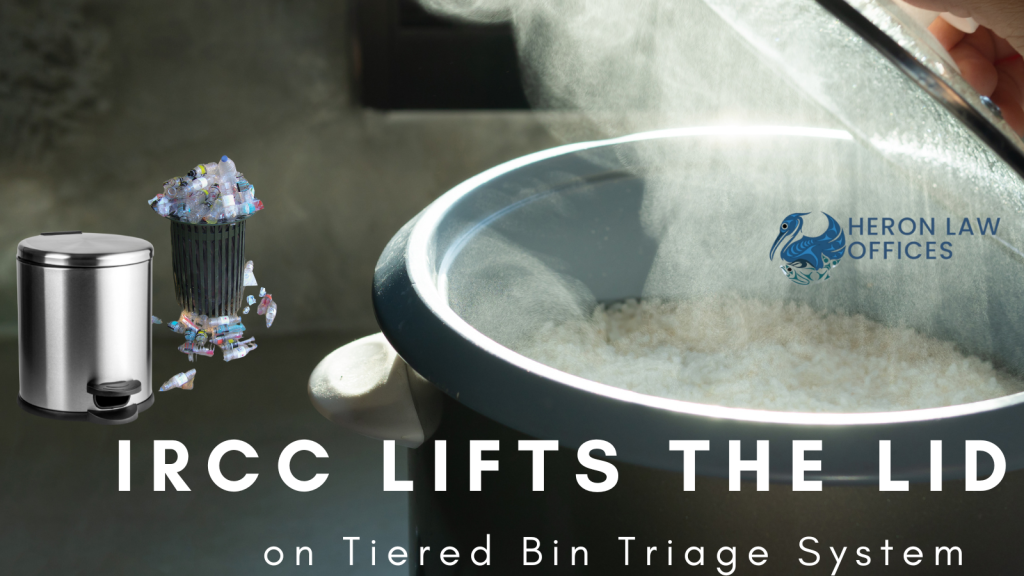
For those following this blog and the Vancouver Immigration Blog, we have been talking about IRCC’s use of Automated Decision-Making (“ADM“) systems and tiered triaging systems for a long time. To date, almost all of the information has been released through access to information requests as opposed to IRCC posting proactive disclosure on how these systems actually work.
We were pleasantly surprised by IRCC’s proactive disclosure of a full GBA+ Report in their International Experience Canada Work Permit Eligibility Model. A peer review is also posted, which is now a requirement under the AIA to eventually post. However, the when is not regulated.
It is important to frame the information we are learning within the context, constraints, and critiques of the GBA+ which focuses primarily on whether there are gender discrepancies. Country of citizenship and age are the other ones chosen for analysis. It is also worth noting that there are no breakdowns of refusals based on the country of citizenship provided, focusing on only Tiers. The IEC is also a high approval [100% for Tier 1, 87% for Tier 2] program so some of the other possible discrepancies that are more prevalent in areas, such as TRV refusals, are not included in this report.
How Does the IEC Triage Work?
For this particular triage, the rules were created by Officers (often referred to by IRCC as “Officer Rules”). As we have discussed, this means it does not engage the use of Advanced Analytics where the rules are generated from the data using machine learning.
As consistent with the AIAs, routine cases have automated positive eligibility determinations (Tier 1), and those who require manual eligibility assessments are triaged to a different bin (Tier 2). The GBA+ also clearly indicates both ‘similar characteristics’ as a basis but also grouping by participating country and territory.
The GBA+ report clarifies that applications are placed into bins. In this case, they mention there are only two bins, although we know from other programs we have reviewed in the past there could be multiple bins.
What Did We Learn?
We learn that certain characteristics and countries will lead to filtering into specific bins.
We learn from the GBA+ that, for IEC citizens with only access to Young Professionals and International Co-op categories (with no access to the Working Holiday), they require Tier 2 binning as an Officer needs to review the eligibility requirements under the Youth Mobility Arrangements.
We also learn that Tier 2 files are those where there are specific perimeters around Police Certificates, Travel History, and Medical Requests. Later it is clarified that folks with a travel history of more than six months lead to the need for further information.
Citizens of countries relying on certain IEC programs will necessarily be in Bin 2 for IEC. Those include
- Costa Rica
- Hong Kong
- Italy
- Latvia
- Lithuania
- South Korea
- Switzerland
- Taiwan
The triage provides further explanation of why for countries like Costa Rica (visa counterfoil), Hong Kong (police certificate requests), residency certificate countries, and upfront medicals for Latvia, Lithuania, and Taiwan are in Tier 2.
GBA+’s Largely Positive Finding Positive Findings
The GBA+ Report ultimately finds that the triaging of applications into Tier 1 and Tier 2 does not appear to introduce any or new unintended bias nor have any significant, disproportionate impact on different groups of clients.
They make these findings based on relatively consistent approval/refusal rates over the years, country-specific triage rules being the reason for the Tier 1 or Tier 2 split, and no differences on the basis of gender distribution and age based on 2019 and 2022 comparative years.
However, one thing that is noticeably missing from the posted GBA+ analysis is any discussion of the 17% Tier 2 refusal. All we know is that they are Tier 2. Respectfully, this falls short of any analysis. What countries of citizenship are these individuals from? What programs? I submit that we cannot do a full analysis.
What happens for another program where there is a Tier 3 with a much higher refusal rate? Are we simply hiding behind a high and consistent approval rate over the years?

Still…. IRCC’s Transparency Should be Welcomed
We should consider it a positive factor that IRCC is being transparent in putting up the GBA+ analysis. Several of our colleagues (including myself) have done ATIP requests and received severely redacted ATIPs that barely have any information about this analysis. Why is this one being released? Why now? What about the others?
If IRCC posts one, in theory, it should post the others. If these reports show greater discrepancy (especially in higher refusal rates for Tier 3 applicants) then I would like to know as part of the GBA+ what country of citizenship are they coming from and what approval/refusal application rates are based on country of citizenship, not just what Tier they landed in.




